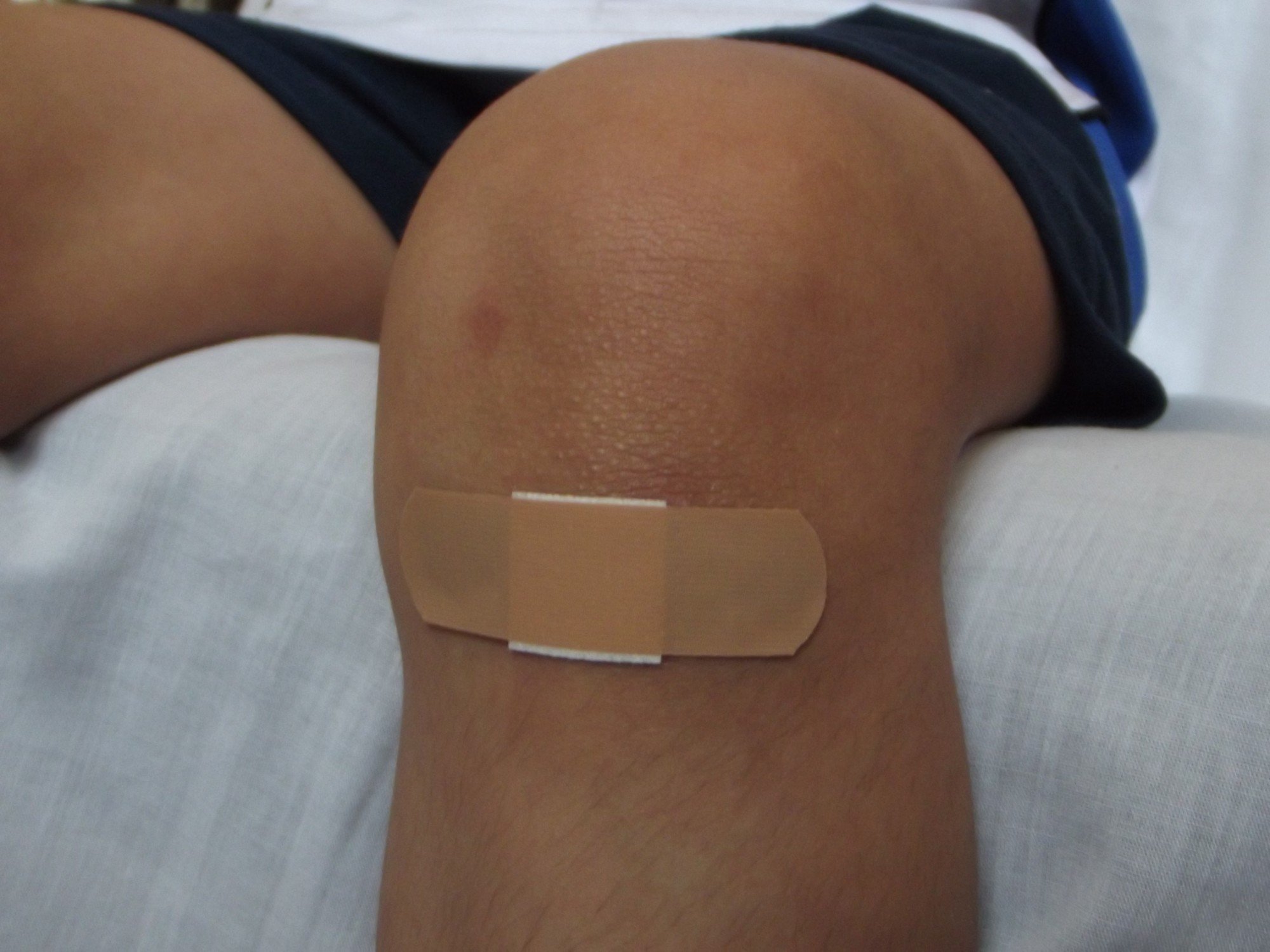
Selecting the proper dressing for a wound can be a nightmare for you, especially when you lack some basics in first aid or have no healthcare education background. Even clinicians and providers in health care sometimes can get confused by dressing selection available in the market. There are over 6 000 wound care products. With such vast wound care products, it is imperative to have some education regarding the dressing category to help you in wound management. Knowing and understanding the functions and effectiveness of a wide range of dressing is crucial to promoting the wound healing process. It is worth noting, however, a number of factors influence the choice of dressing, for example, clinical effectiveness, wound-related issues, and economic factors. This article presents you with some tips for selecting the best dressing.
To pick the proper dressing, it is important you have a grasp of your types. As mentioned earlier, there are myriads of wound dressing types available. However, it is not every wound dressing available appropriate for wound healing process. There are four primary dressing types a significant number of patients use, and each work with a couple of wound types. For example, Hydrocolloid is ideal for venous ulcers, excellent in compression wraps, work well on burns. On the other hand, Alginate is suitable for wounds with excess drainage and stage III or IV ulcers.
When selecting wound dressing, pay attention to how the wound will be cleaned as you change each dressing. It is essential to be consistent with the wound cleansing for wound bed preparation if you need to see positive results. Therefore, make sure you have a wound cleanser ready and be consistent throughout. Check out this website to find out morfe about pulse debridement.
What is the dressing compatibility with the wound? Some wound dressing materials may contain components that make it difficult for the dressing to absorb wound’s drainage. There are also dressing materials with properties that can get in the way or disable antimicrobial or collagenase products, consequently slowing down the healing process. At the same time, pay attention to the wear time of the medicated dressing. This is important because it determines how often you need to change the dressing and ensure a steady mean of action or absorption.
Make sure you know what you are talking about. Just like when you buy a car, you spend some time researching the various models to decide which is best for you. The same technique should apply when you are choosing wound dressings. Therefore, do a thorough research to familiarize yourself with as many dressing types and their application as possible. It is recommended that you read plenty of FAQs and case studies. These sources are excellent to help you learn how wound are diagnosed and treated. Doctors and caregivers are also a perfect source of information given their years of experience in health care service and interacting and treating a plethora of wounds. It is, however, important to be patient and learn about wound dressing at your pace with time you will get it all. Those are few factors to consider when choosing wound dressing.
